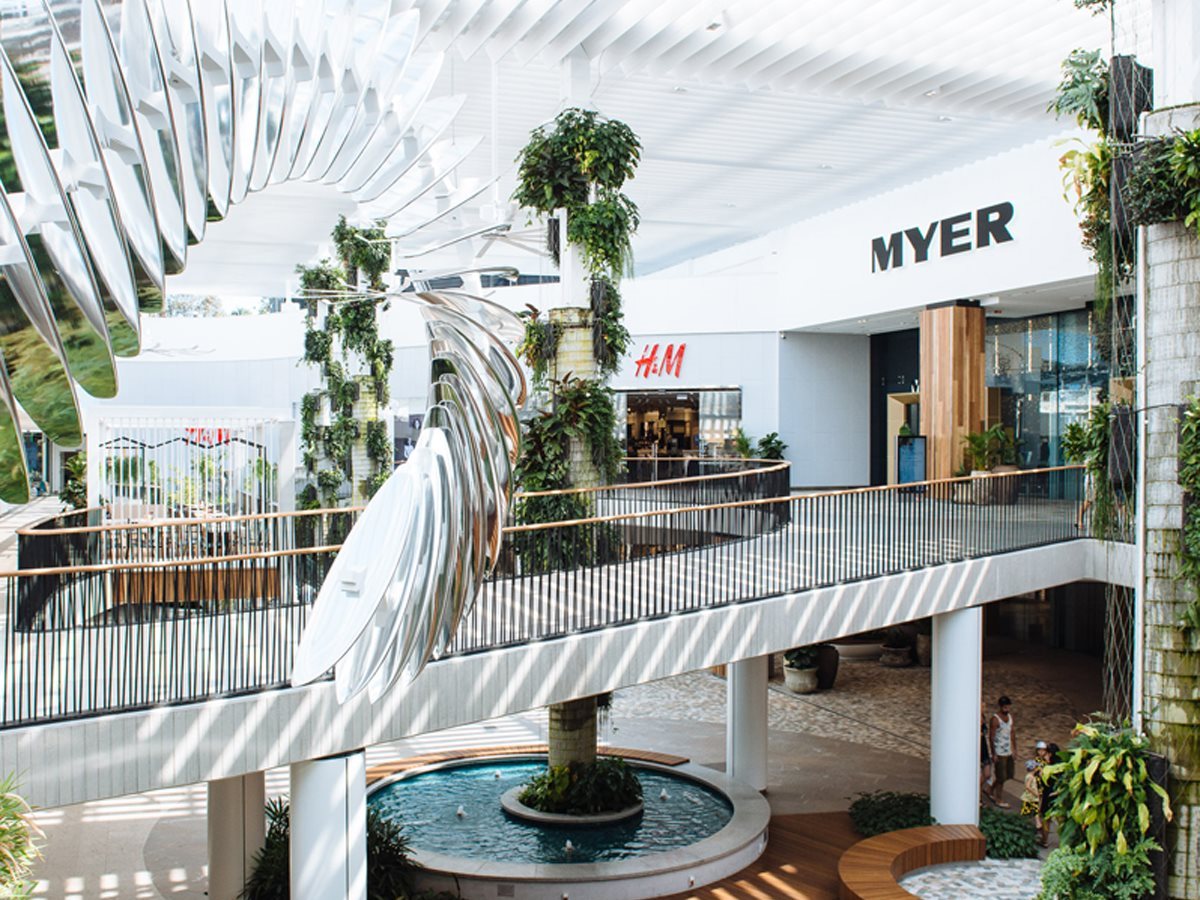There’s been a spree of mega-retail acquisitions and investments nationwide since lockdowns and restrictions in leading states have been lifted. Retail Beauty recently reported on major deals in Sydney’s CBD and Pacific Fair on the Gold Coast.
In another sign of increased consumer confidence in the run-up to Christmas, Dexus Wholesale Property Fund (DWPF) has acquired an additional 25 per cent interest in Westfield Warringah Mall for $410 million, taking its stake to 50 per cent. Scentre Group, who own and operate Westfield shopping centres, retains ownership of the other 50 per cent.
In April, Dexus, the $10 billion wholesale property fund, merged with AMP Capital’s $5.4 billion fund, to form a diversified $16 billion unlisted management fund. DWPF has key investments in Sydney’s MLC Centre, Carillon City in Perth and 80 Collins Street in Melbourne.
Westfield Warringah Mall first opened in 1963 and has had numerous upgrades and refurbishments, including a $310 million redevelopment in 2015/2016. Located in Sydney’s Northern Beaches, the complex is one of the largest in the affluent region, catering to a trade area population of 335,000 residents in a total access market of 870,000.
Health and beauty have a huge presence in the three-level shopping hub, including a large number of beauty services providers such as Laser Clinics, 4 Ever Nails, Australian Skin Clinics, Clear Skincare Clinics, Endota Spa and Diva Brows.
Prestige beauty is well-represented through Myer and David Jones stores, Sephora, Mecca Maxima, Aesop and L’Occitane. Priceline, The Body Shop, Kmart and Target offer masstige and mainstream brands.
Hardly surprising as the retail spend per capita for the Westfield Warringah Mall Total Trade Area was $18,607 per annum last year – 21 per cent above the Sydney Metro average.
According to Michael Sheffield, DWPF fund manager – “This acquisition increases DWPF’s interest in a well-performing super regional retail asset which is expected to benefit from embedded development opportunities. The acquisition represents relative value compared to other asset classes in a post-pandemic environment.”

